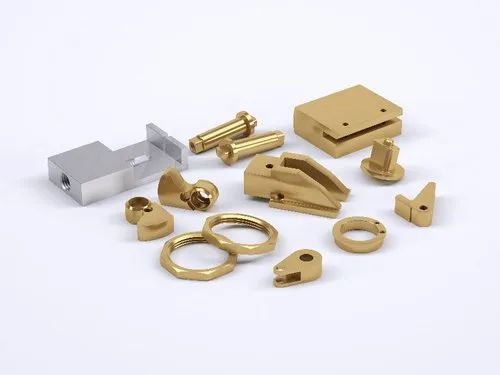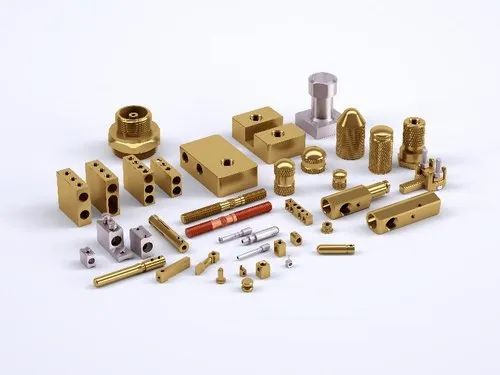Knowing the parts of a door lock is not just about fixing a jammed door; it’s about ensuring your safety and security. Each part of a lock plays a vital role in protecting your home or office. By understanding these parts, you can better maintain your locks, spot potential issues early, and make informed choices when upgrading. This knowledge empowers you to handle small repairs yourself, saving time and money. Plus, it gives you peace of mind, knowing exactly how your lock keeps you safe. It’s a small investment in learning that pays off in security and self-reliance.

What is door lock?
A door lock is a security device installed on doors to keep your home or office safe. It works by using a key, code, or even a fingerprint to unlock or lock the door. The most common types are deadbolts and latch bolts. Deadbolts provide strong security, needing a key or a thumbturn to open. Because of its slanted edges, latch bolts make it easy for doors to close. By utilizing electrical technologies for keyless access, modern locks may also be intelligent. Because they prevent unwanted access to your area, locks are crucial for both privacy and security and provide you with peace of mind.
How does door lock work?
Understanding how a door lock works can be fascinating and is quite important for ensuring your security. Let’s break it down into simple points:
The Basic Mechanism: At its core, a door lock keeps a door closed until someone uses the correct key to open it. It’s a simple yet effective way to control access to a space.
Lock Cylinder: This is where your journey with a lock usually begins. In the cylinder lock, you spin the key. There are several length pins inside.
Key and Pins: Each key has a unique shape. When you insert the right key, it aligns with the pins inside the cylinder. The correct alignment allows the cylinder to turn, activating the lock.
Turning the Key: When you turn the key, it rotates the cylinder. This action is what ultimately unlocks the door.
Bolt Movement: Attached to the cylinder is a bolt mechanism. When you turn the key, the bolt either withdraws (to unlock) or extends (to lock) into a slot in the door frame.
Deadbolts: For extra security, many doors have deadbolts. You need a key or a thumbturn to move these, making them harder to tamper with.
Latch Bolts: These are more common and have a slanted edge. Because the bolt stretches as the door closes and retracts when it strikes the door frame, this design allows the door to close without the need to turn the handle.
Strike Plate: The door frame’s metal plate is known as this. To keep the door secured, it grasps and retains the bolt.
Smart Locks: In modern times, we also have smart locks. These work with codes, biometric data, or remote controls. They electronically control the bolt, allowing for keyless entry.
Safety and Convenience: The whole idea of a door lock is to balance safety with convenience. It keeps unwanted visitors out but lets the right people in with the correct key or code.
By understanding how a door lock works, you can better appreciate this small but mighty guardian of your privacy and security.

What are the parts of a door lock?
Understanding the parts of a door lock is essential for maintaining home security and performing basic repairs. Here’s a detailed, friendly guide to help you get to know your door lock better.
Lock Cylinder: The door lock’s core is this. The lock cylinder accepts your key after you insert it. The door is either locked or opened by turning the key, which operates a system of internal pins and springs. You deal with this portion the most frequently.
Bolts: Bolts are the metal pieces that move in and out of the door frame to lock or unlock the door. There are two main types: the deadbolt, which provides high security, and the latch bolt, which often has a slanted edge to let the door close easily.
Strike Plate: The strike plate is a metal plate attached to the door frame. It assists in keeping the door shut firmly by matching up with the bolt. It also protects the frame from being damaged by the bolt.
Keyway: This is the slot in the lock cylinder where you insert the key. It makes sure that only the appropriate key can open the lock since it is made to accommodate particular key shapes.
Rose Plate: Also known as the trim plate, the rose plate surrounds the knob or lever. It sits flush against the door and hides any rough edges or mechanisms, giving a neat appearance.
Knob or Lever: These are the parts you turn or press to open the door from the inside. Levers are easier to use, especially for people with limited hand strength, while knobs are more traditional.
Spindle: The spindle is a rod that connects the knob or lever to the locking mechanism. The bolt opens when the knob or lever spins, causing the spindle to revolve.
Box: This is the housing inside the door where the bolt moves in and out. It’s crucial for aligning the bolt with the strike plate on the frame.
Tailpiece: This is a flat, metal piece extending from the lock cylinder. It engages the locking mechanism when turned with the key, which sets off the bolt.
Screws: These small but mighty parts hold everything together. They lock the cylinder and other components into place and securely fix the striking plate.
Escutcheon Plate: This is a decorative plate that can be found on some locks. It adds a stylish touch and also helps to protect the door from wear around the lock.
Thumbturn: Found on some deadbolts, the thumbturn is a small knob inside the door. You can use it to lock or unlock the door from the inside without a key.
Latch Assembly: This includes several parts working together. The latch assembly makes sure the strike plate engages and the door stays closed.
Deadlocking Plunger: On some latch bolts, this feature prevents the bolt from being forced open. It’s an additional security measure that provides safeguarding.
Turnpiece: Similar to the thumbturn, this is a small knob or lever on the inside of the door. Like with bathroom locks, you use it to operate the lock from the inside.
Backset: This is the distance from the edge of the door to the center of the lock hole. Knowing the backset is important for installing a lock properly.
Mortise: In some older or more traditional locks, a mortise is a pocket cut into the edge of the door. The lock fits into this space, making it more integrated with the door.
Anti-Drill Plates: These are hardened steel plates designed to protect the lock from being drilled open. They add a significant level of security to the lock.
Smart Lock Components: In modern smart locks, you’ll find electronic components like a motor, circuit board, and sometimes a keypad or biometric scanner.
Batteries: For electronic or smart locks, batteries are essential. Keyless entry and other features are made possible by their powering the electronic parts.
Understanding these parts helps you appreciate how your door lock works and can assist you in simple maintenance tasks. If you ever need to replace or repair a lock, this knowledge will come in handy.
